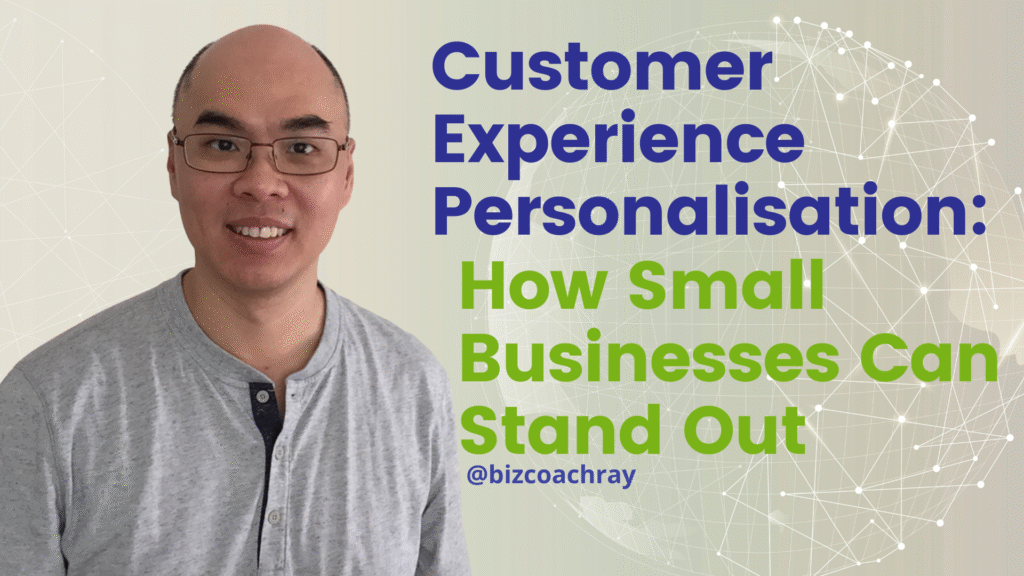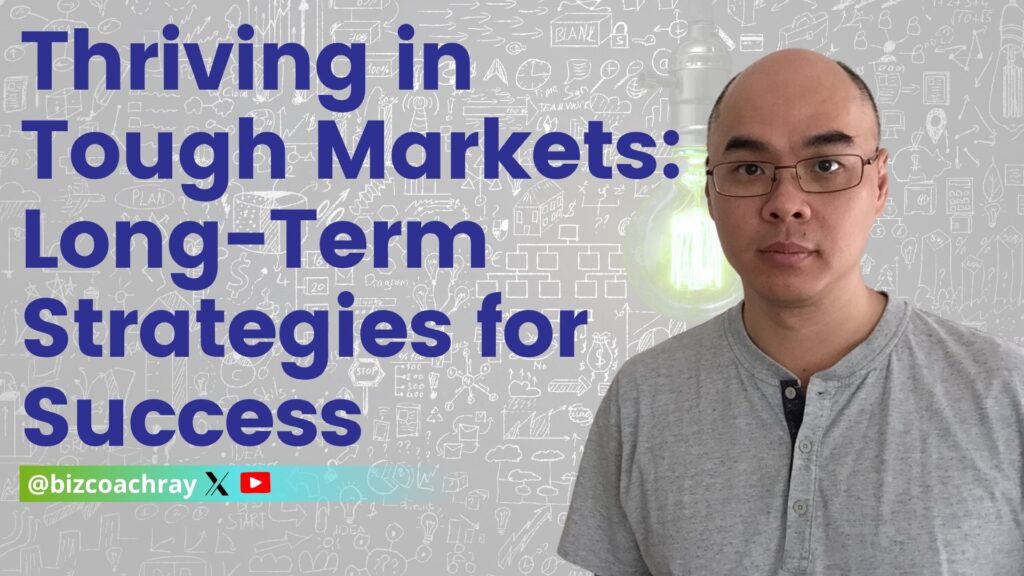What causes employee turnover?
Research has identified several key reasons why employees leave their jobs. Among the most significant are the lack of career development opportunities, a poor company culture, and overly demanding work schedules. I cover these reasons in detail in my previous video series on why employees leave. If you’re interested to learn more, please click on the links here,here, and here.
Understanding the causes of employee turnover is only half the battle. The real challenge is addressing these issues effectively to retain your talent. Why is retaining talent a smart business strategy? First, hiring is expensive and resource-intensive, especially when finding candidates who fit the role and your company culture. Second, high turnover rates can damage your employer brand, making your company less attractive to potential hires.
Over time, this will increase your hiring costs and impact your company reputation.
What strategies do you employ to develop and retain talent?
Research shows that the main reasons for high employee turnover include a lack of career development opportunities, poor company culture, and demanding work schedules. To retain talent and reduce turnover rates, it’s crucial to focus on addressing the following issues effectively.
Career development opportunities
People are driven by the prospect of growth and are more likely to stay with your company if they see opportunities for advancement. Just as you plan for the growth of your business, you need to plan for the growth of your team.
This involves implementing training and development programs tailored to their needs. Consider what skills and knowledge your employees need to excel in their roles and contribute to the company’s success. Plan for workshops, seminars, and online courses that align with their career paths.
Mentorship programs are also highly effective. They not only guide employees through role transitions but also support company culture. Experienced team members can help newcomers navigate the organisation, fostering skill development, and a sense of belonging.
Crucially, you need to secure buy-in from your team members. Understand their career aspirations and how they envision growing within the company. Even the best training programs will fall short if they don’t align with your employees’ personal growth plans. Ask them how they define their own growth and how they see themselves advancing with the business.
Enhancing company culture
Talent may be drawn to your company by attractive benefits and perks, but they remain because of a positive culture. In other words, employees leave due to toxic environments. Culture is central to employee retention, and fostering a supportive culture can significantly reduce workplace stress. While culture might seem abstract, there are practical steps you can take to strengthen it.
First, regularly recognise and reward employees for their hard work and achievements. This can include bonuses, public acknowledgments, or other incentives. Fair compensation, as previously discussed, also plays a crucial role in reinforcing a positive culture.
Second, create an inclusive work environment where every employee feels valued and heard. Maintain open lines of communication, encourage healthy debate, and address any instances of bullying or disrespect.
Managing workload stress
Workload stress can stem from various sources, and it’s crucial to identify the root causes. Is it due to an overwhelming amount of work? A poor job fit? A lack of resources or skills?
When employees face workload stress, they often feel incompetent, as if they cannot succeed despite their efforts. This feeling of inadequacy can be demoralizing, especially when tasks seem insurmountable no matter how hard they try. As a leader, it’s your responsibility to help your team manage this stress. This might involve providing additional resources, such as hiring more staff if someone is handling tasks meant for two people, offering training to improve efficiency, or empowering employees to tackle challenges in their own way.
A supportive culture is crucial in managing workload stress. Employees need to feel that they have support when facing tough situations and know that they are not alone in dealing with seemingly overwhelming challenges.
Investing in your team is essential for reducing turnover and creating a thriving workplace. This involves addressing common turnover issues such as lack of career development opportunities, poor company culture, and demanding work schedules. Leaders can foster career development, enhance a positive work environment, and manage workload stress to retain top talent and build a successful team.














